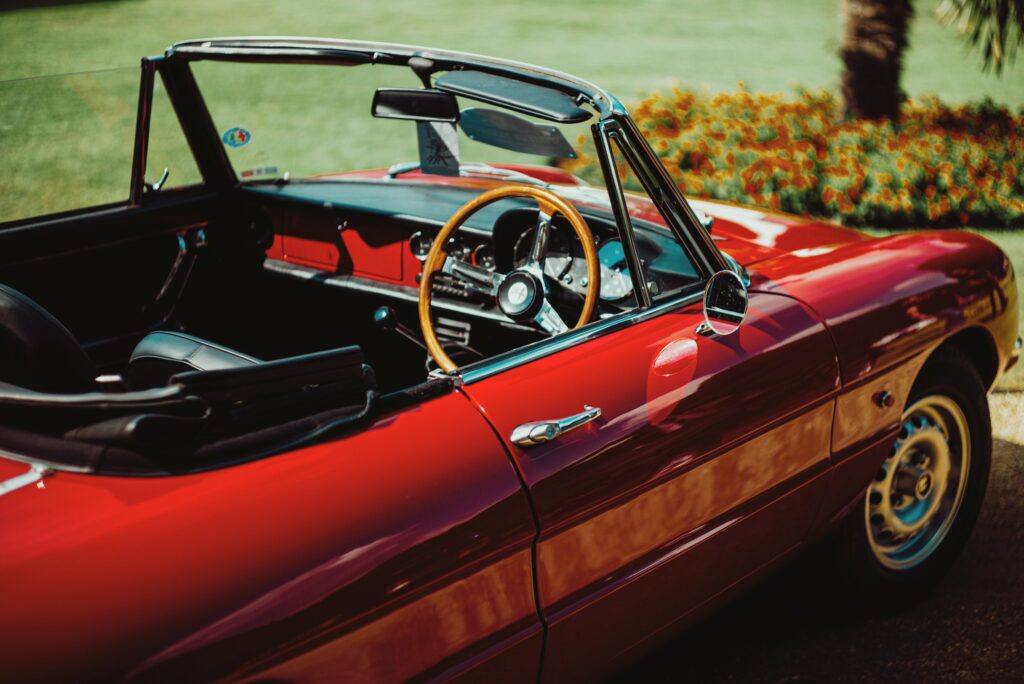Bigger vehicles are everywhere, but at what cost? From towering SUVs to bulky full-size pickups, today’s cars are heavier, wider, and taller than ever before.
While they promise comfort and protection for drivers, the impact of larger vehicles on the environment and public safety is a growing concern.
What Is ‘Autobesity’ and Why It Matters
“Autobesity” refers to the steady increase in vehicle size and weight over the past two decades.
SUVs and trucks are now outselling sedans by a wide margin, and with that growth comes a long list of side effects: higher fuel use, more road wear, and greater danger to pedestrians.
According to the Environmental Protection Agency, the average weight of vehicles sold in the U.S. has climbed over 4,000 lbs, with vehicle footprints growing steadily. This isn’t just a curbside issue. It’s a public safety and environmental one, too.
Environmental Cost of Big Cars
Let’s talk emissions. Larger vehicles burn more fuel and, even when electric, require more energy to move. That means more upstream emissions from power generation and battery manufacturing.
And it’s not just tailpipes we need to worry about.
- Tire and brake particulate pollution is rising due to heavier loads, especially in urban stop-and-go traffic.
- Studies show microplastics from road traffic (from tires and brake pads) are entering water systems, adding a hidden layer to the environmental cost of big cars.
- Even electric SUVs’ environmental impact is affected—they weigh more and cause more wear on roads and tires compared to smaller EVs.
Pedestrian Safety and SUV Size
Heavier, taller vehicles are more likely to cause serious injury in crashes with pedestrians and cyclists. The front-end height of modern trucks and SUVs can obscure smaller road users and increase crash severity risks.
Recent studies show that pedestrian deaths have risen sharply in areas with growing SUV sales. It’s because larger vehicles have more blind spots, require longer braking distances, and often strike victims in vulnerable areas like the head or chest.
In short, SUVs and road safety don’t always go hand in hand.
Bigger Isn’t Always Better for Cities
The urban planning and vehicle design implications are massive. Cities have to widen parking spaces, adjust curb widths, and invest in stronger pavement, all because of growing car sizes. The vehicle footprint of modern SUVs affects everything from lane congestion to fuel tax allocations.
And that’s before we even consider how these changes push out more sustainable forms of transit, like biking or walking.
Safety for All: A Shared Responsibility
Many drivers choose large vehicles for the sense of safety they provide their families. That’s understandable. But there’s a tradeoff. What protects you may put others at risk.
Heavier, taller vehicles can obscure pedestrians and cause more damage in collisions. That’s why modern safety tech like automatic emergency braking, 360° cameras, and crash detection matters more than ever, especially in oversized vehicles that dominate today’s roads.
Learn more about keeping your ride safer for all with 5 Easy Seasonal Maintenance Tasks for Trucks.
Rethinking Size and Safety
Autobesity isn’t just an aesthetic issue. It’s reshaping how we build roads, how we stay safe, and how much we pollute.
As car weight trends continue climbing, the industry and drivers alike must reconsider what safety and sustainability really look like. The truth is: smaller, smarter design may benefit everyone—from pedestrians to the planet.



